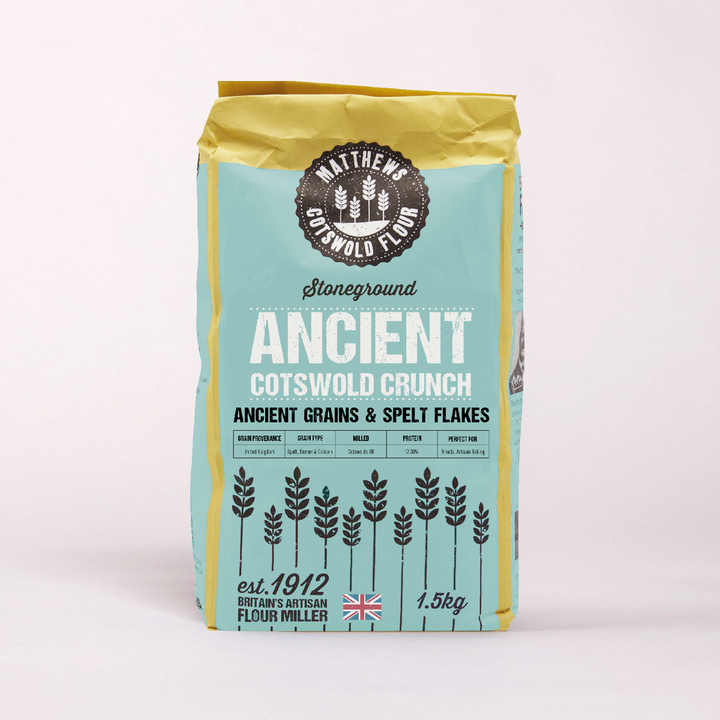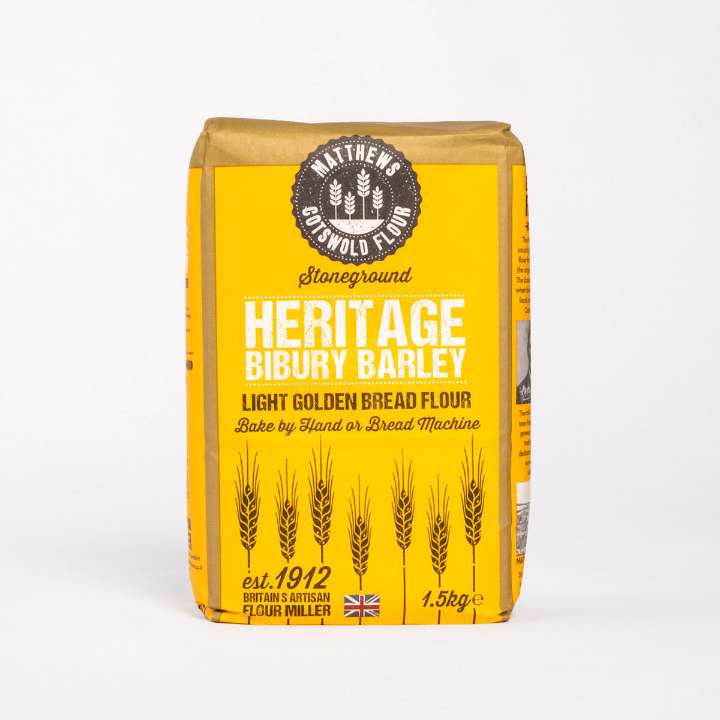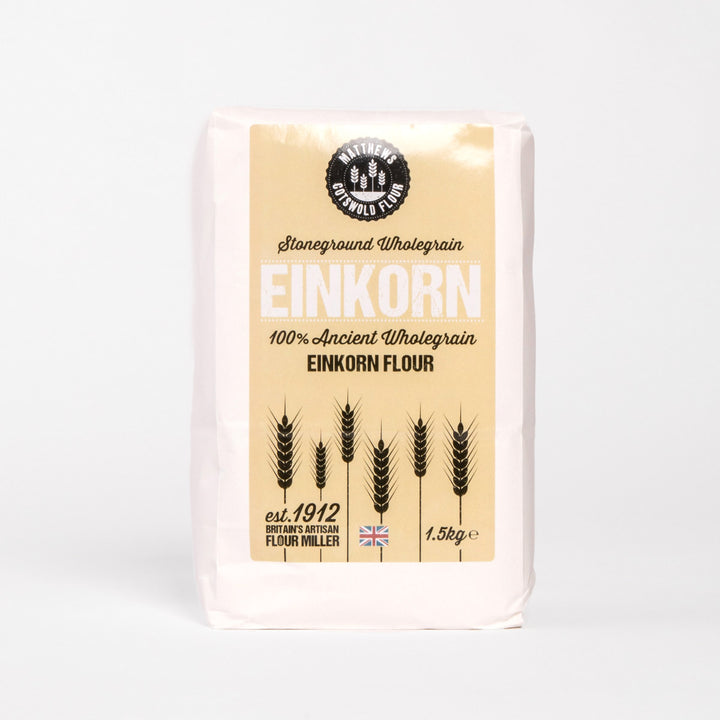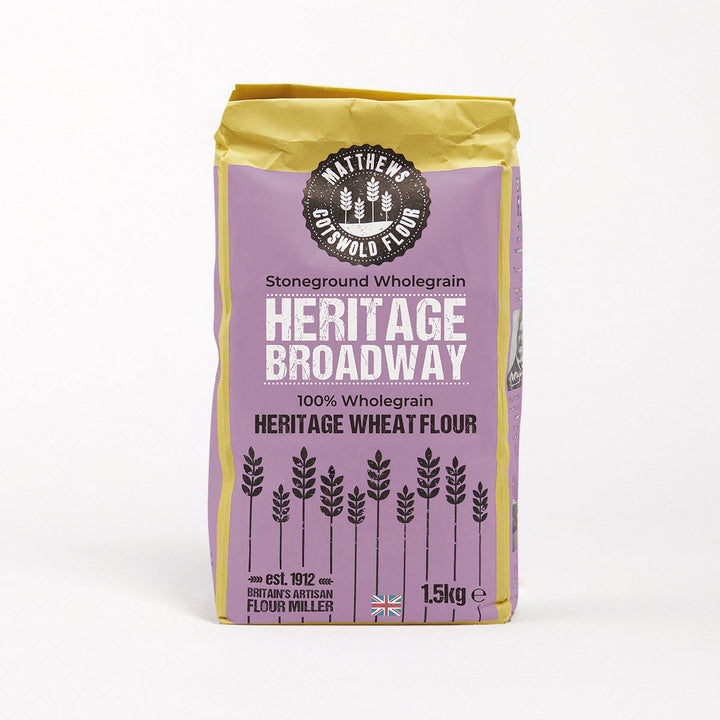11 Easy steps on how to make sourdough starter
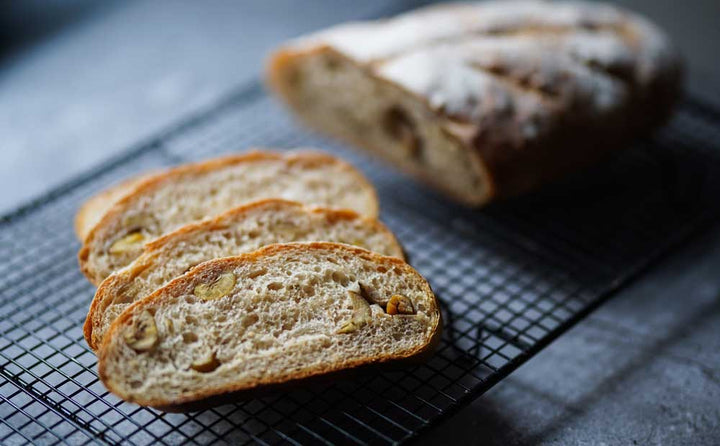

A sourdough bread recipe consists of four main ingredients:
- Flour
- Water
- Salt
- Wild yeast
Before digging into details on how to create sourdough starter, let’s talk about yeast. Before active-dry yeast or instant yeast became a household staple, people used to use wild yeast. Many bakers preferred using wild yeast because baked goods made out of wild yeast are far better than those produced from commercial yeast! For example, breads’ flavours are more complex and interesting and the texture is sturdier and more enjoyable to chew when they’re made from wild yeast compared to commercial yeast!. As the name implies, wild yeast is found everywhere – including flour! Wild yeast likes cooler temperatures, acidic environments, and proofs.
To produce wild yeast, we need a medium such as a sourdough starter and simply mix water and flour in the starter and let the mixture sit. The yeast that already exists in the flour will start to flourish. This medium has to be constantly maintained and monitored. Wild yeast also likes cooler temperatures, acidic environments, and works much more slowly to proof breads.
To help you produce your own wild yeast, we have provided tips and steps on how you can create your own wild yeast using a sourdough starter! Check them out!
What Is a sourdough starter?
A sourdough starter is how we cultivate the wild yeast in a form that we can use for baking. Since wild yeast are present in all flour, the easiest way to make a starter is simply by mixing flour and water and letting the mixture sit for a few days.
After a day or two, bubbles will start to form in the starter, which indicates that the wild yeast is beginning to become active and multiply. To keep the yeast active, we feed the starter with fresh flour and water over the next couple of days, until the starter is bubbly and billowy. The starter is ready to be used once it enters that frothy, billowy stage.
Which type of flour should you use to create sourdough starter?
You can use a variety of flour to make your own sourdough starter. You can use whole wheat flour, rye flour, or any other kind of flour.
Here are nine steps for making your own sourdough starter!
DAY 1
- Use a glass or plastic container for your starter.
- Add 120ml of whole wheat flour
- Add 120ml of water
- Stir until combined into a smooth batter. The batter will look like a sticky, thick dough.
- Scrape down the sides and loosely cover the container with cling film or a clean kitchen towel secured with a rubber band. Place the container somewhere with a consistent room temperature of 21°C to 24°C such as the top of the refrigerator and let it sit for 24 hours.
DAY 2
- The next day, you may start seeing some bubbles forming. However, don’t worry if you don’t.
- Add the same amount of flour and water as yesterday to the starter for today
- Stir until combined into a smooth batter. Scrape down the sides and loosely cover the container with the cling film or kitchen towel secured again. Place the container back to the location where the room temperature is between 21°C to 24°C and let the batter sit for another 24 hours
DAY 3
- By now, the surface of your starter should look dotted with bubbles and your starter should look visibly larger in volume. If you stir the starter, it’ll feel thick and batter-like, but you should hear bubbles popping. The batter should also start smelling a little sour and musty. Add the same amount of flour and water as yesterday for today into the start. Stir until combined into a smooth batter. The batter will look like a sticky, thick dough. Scrape down the sides and loosely cover the container with the cling film or kitchen towel secured again. Place the container back to the location where the room temperature is between 21°C to 24°C and let the batter sit for another 24 hours
DAY 4
- On the fourth day, the sourdough starter should be looking very bubbly with large and small bubbles, and it will have doubled in volume. If you stir the starter, it will feel looser than yesterday and honeycombed with bubbles. The batter should also be smelling quite sour and pungent. Add the same amount of flour and water as yesterday for today in the starter. Stir until combined into a smooth batter. It will look like a sticky, thick dough. Scrape down the sides and loosely cover the container with the cling film or kitchen towel secured again. Place the container back to the location where the room temperature is between 21°C to 24°C and let the batter sit for another 24 or 48 hours
DAY 5 or 6
- Your starter is ready to use when it looks very bubbly or even frothy. If you stir the starter, it will feel looser than yesterday and be entirely webbed with bubbles! It should also be smelling quite sour and pungent. It should also taste sour and vinegary. If everything is looking, smelling, and tasting good, the starter is ripe and ready to use!
Now your sourdough starter is ready, click here to see some delicious sourdough bread recipes using a variety of Matthews Cotswold Flour or visit our online store to stock up on some more flour.
← Older Post Newer Post →

